Greenland Expedition: Surviving in the Monotonous White World
Listen to the Expedition Greenland Update
Sign up for the Expedition Newsflash.
Receive alerts of new blog posts in your email during the expedition.
Day 8 of the Greenland Expedition
Today is Thursday, August 21, and we are on the eighth day of our expedition in Greenland. This morning, we set off an hour earlier than usual, thanks to our increasing efficiency. At the beginning of the week, it took us two and a half hours to get going, but today we were ready to go in just an hour and a half. The day was quite monotonous. We followed the same course as the past few days, namely 310 degrees, and once again covered more than 25 kilometers. The view remained unchanged: white everywhere around us. The outlook for tomorrow is the same, but this monotonous environment does offer room for reflection. We still need to ascend 500 meters with our heavy pulkas, which have become slightly lighter due to the consumption of food and fuel. The ascent is spread over 100 kilometers, which amounts to a rise of only 5 millimeters per meter. This sounds manageable and gives us confidence that we will make it. Today we noticed that the terrain became flatter, as we were able to remove the climbing skins from our skis. These skins, which act like a carpet under the skis, allow you to glide in only one direction. Without these skins, we could move more smoothly and reached a distance of 27.1 kilometers, a new record for our team.
A Quarter of the Expedition Completed
With this distance, we have now covered a total of 155 kilometers, which means we have completed a quarter of the expedition. In terms of food, we are slightly above a quarter, so we need to keep a close eye on that. Fortunately, we are now out of the danger zone on the east side of Greenland. The first 30 kilometers were in the area where polar bears are found. This was followed by a zone of about 120 kilometers with the risk of Piteraq, powerful polar winds that can reach speeds of up to 300 kilometers per hour. Against polar bears, we have flares and, in extreme cases, bullets, but nothing can withstand a Piteraq.
The Origin of Piteraq
Piteraq are formed by cold air rolling down the ice cap. Imagine marbles slowly rolling to the edge of a trampoline: the closer to the edge, the faster they go. The wind follows the same principle and reaches its highest speed at the edges of the ice cap. Fortunately, it is currently warm due to the sun, and Piteraqs mainly occur in winter when it is extremely cold. We therefore plan our expedition around the end of August or early September to avoid both meltwater and Piteraq. All in all, we learned a lot today about these fascinating natural phenomena during what would otherwise have been a dull day. Now we are going to eat and prepare for a new day tomorrow.

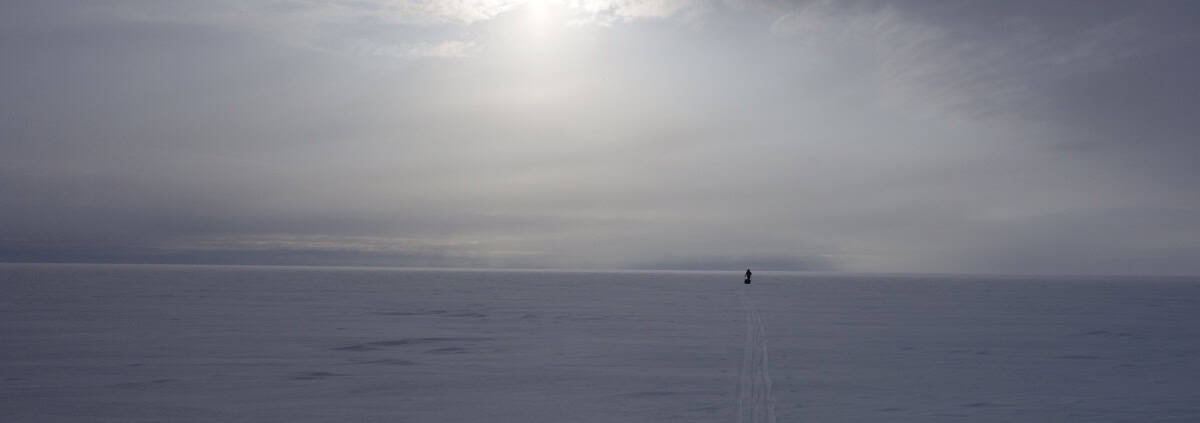
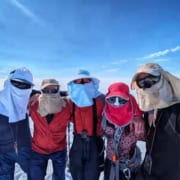

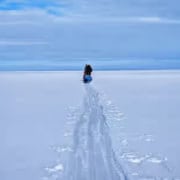
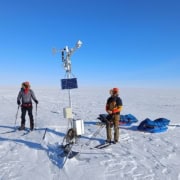

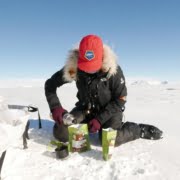









Leave a Reply
Want to join the discussion?Feel free to contribute!